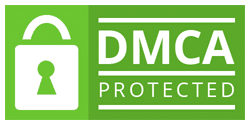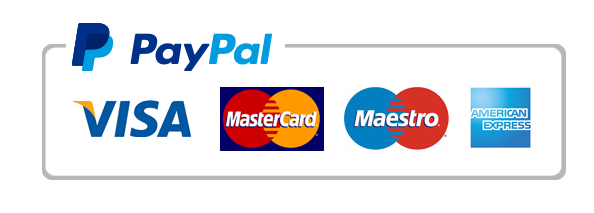4818
Reed Ltd. a sports clothing manufacturer is considering purchasing a new machine for £35,000,000. The company expects cash inflows of £11,700,000 from the sale of products and an annual cash outflow of £3,100,000 for each of the seven years of the machine’s useful life. The annual cash outflows do not include annual depreciation charges for the machine. The machine is depreciated using the straight-line method. The machine is expected to last for seven years, with a residual value estimated to be at the rate of 20% of the original cost of the machine. The cost of capital for Reed Ltd. is 8%. Required: 1) Calculate using the following investment appraisal techniques, and provide recommendations as to the viability of the machine: a. The Payback Period. b. The Accounting Rate of Return. c. The Net Present Value. d. The Internal Rate of Return. (To three decimal places.) (15%) 2) Critically evaluate the key benefits and limitations of each of the differing investment appraisal techniques. (20%) All calculations should demonstrate the appropriate workings that are used to derive the solution, and should not be performed in Microsoft Excel. Total for Part B: 35% Part C Required: 1) Critically evaluate the key assumptions attached to the breakeven model, providing analysis as to whether the model can be successfully implemented and utilised within the reality of today’s business environment. (15%) 2) Financial managers face difficult decisions upon selecting appropriate sources of finance to fund long-term capital investment projects. Identify, explain, and critically evaluate one potential long-term internal and one long-term external source of finance that could be used by financial managers within this decision-making process. (20%)
Attachments:
 job-card.docx
job-card.docx





